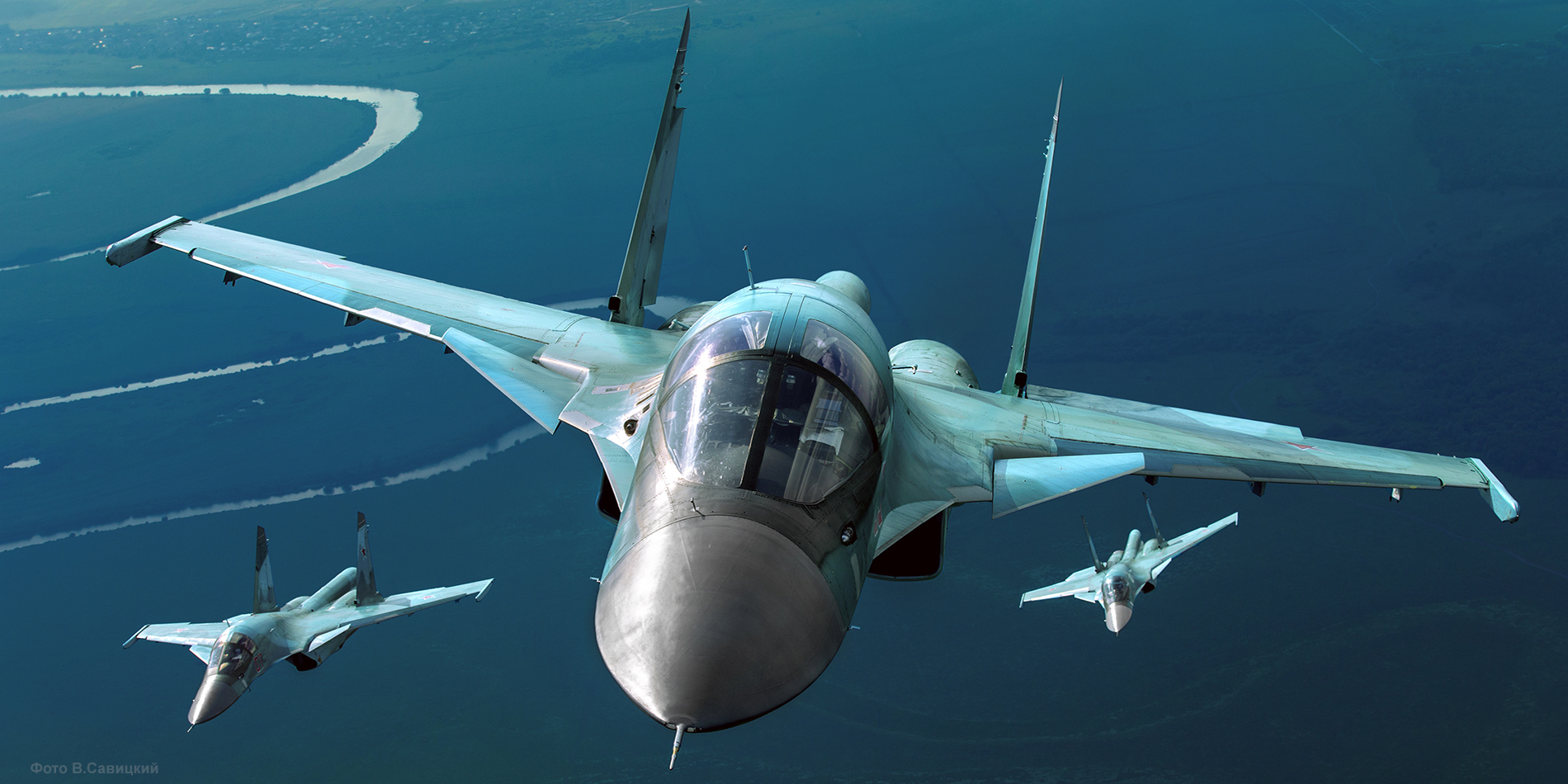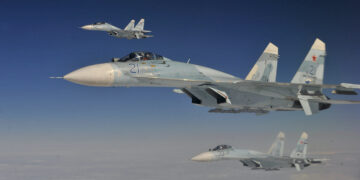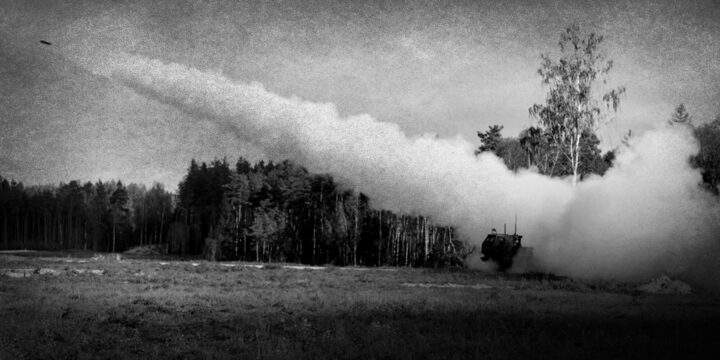
After a furious week of diplomacy in Alaska and Washington D.C., U.S. President Donald Trump signaled on Friday that he would be pausing his intensive push to end war in Ukraine. His frustration was obvious. “I’m not happy about anything about that war. Nothing. Not happy at all,” he told reporters in the Oval Office.
To be sure, Trump’s high-profile engagements fell short of his own promises. But almost two weeks after Trump met Russian President Vladimir Putin in Alaska and European leaders in Washington, it is clear that there were real winners and losers from Trump’s back-to-back summits, and while neither meeting resolved the conflict, they offered important insights into where things may be headed in the months ahead.
Putin clearly fared best of all. He got a face-to-face meeting with his American counterpart on U.S. soil, avoided the economic penalties that Trump had threatened, and continued his war without making notable concessions. Putin had long wanted a bilateral with Trump, not only for the legitimacy such a meeting would give Russia’s great power aspirations, but also because keeping Trump engaged in negotiations is essential to Putin’s war aims. Only with U.S. involvement can Putin hope to address the “root causes” of the war in Ukraine, including NATO’s eastward expansion.
The substance of the meeting offered Putin additional wins. He convinced Trump to give up on the European demand for an unconditional ceasefire, and to accept in principle Russia’s territorial demands, though Trump acknowledged only Ukraine could agree to Putin’s terms.
More on Eurasia

September 12, 2025
Featuring Daniel Davis
September 8, 2025
Events on Ukraine-Russia







